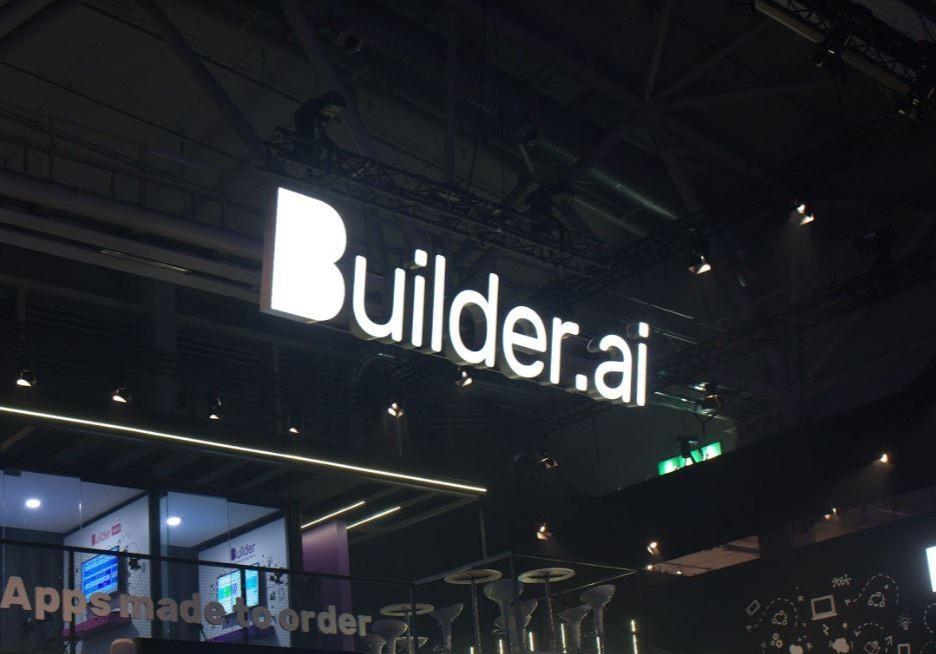
Indian-Origin Man’s Unicorn Builder.ai Used 700 People for Coding Work it Said was AI-Powered
In the world of technology, innovation and disruption often go hand-in-hand. However, sometimes, the pursuit of innovation can lead to deceit and misrepresentation. A recent example of this is the London-based startup, Builder.ai, founded by Indian-origin Sachin Dev Duggal. The company, which received a massive influx of funding from Microsoft, claimed to have developed an AI-powered platform that could generate code at a fraction of the cost and time. But, as it turns out, the truth was far from the truth.
Builder.ai, which was hailed as a unicorn startup, claimed to have developed a revolutionary AI-powered platform that could generate code for various applications. The company’s pitch was simple – with the help of AI, they could reduce the time and cost of coding, making it more efficient and cost-effective for businesses. The idea seemed too good to be true, and it appears that it was.
According to Bernhard Engelbrecht, the founder of Ebern Finance, Builder.ai’s AI-powered claims were nothing but a scam. Engelbrecht claimed that the final product “constantly glitched, code was unreadable, and functions didn’t work.” This meant that the AI-powered code generation was nothing but a myth, and the work was being done by human engineers, not AI.
But here’s the kicker – Builder.ai didn’t just claim to be AI-powered, they actually hired 700 Indian engineers to work on the project. This means that the entire AI-powered narrative was nothing but a ruse, designed to attract investors and clients who were looking for a quick and cost-effective solution.
Builder.ai’s scam didn’t go unnoticed for long. The company received $445 million in funding from Microsoft and other investors, all on the basis of their AI-powered claims. This means that the company was able to raise a significant amount of capital, all while misrepresenting their technology.
But why did Builder.ai’s scam go on for so long? The answer lies in the company’s ability to convincingly present their AI-powered claims. They were able to show off their AI-powered coding platform to investors and clients, making it seem like a real and viable solution. But, as Engelbrecht pointed out, the code was constantly glitching, and the functions didn’t work. This meant that the company was actually using human engineers to do the work, all while presenting it as AI-powered.
Builder.ai’s scam is just the latest example of the dangers of misrepresenting technology. In today’s world, where innovation and disruption are the name of the game, it’s easy to get caught up in the hype and promise of new technology. But, as this example shows, the truth can be far from the truth.
So, what can we learn from Builder.ai’s scam? Firstly, it’s important to do your due diligence when it comes to investing in new technology. Don’t just take the company’s word for it – dig deeper and find out what’s really going on. Secondly, it’s important to be aware of the dangers of misrepresentation in the tech industry. Companies will often try to present their technology in the best possible light, even if it means misrepresenting the truth.
Builder.ai’s scam is a stark reminder of the importance of transparency and honesty in the tech industry. It’s a reminder that, in the pursuit of innovation, we must always prioritize the truth, even if it means being unpopular.
In conclusion, Builder.ai’s scam is a cautionary tale about the dangers of misrepresentation in the tech industry. The company’s AI-powered claims were nothing but a ruse, designed to attract investors and clients. The truth is that the company hired 700 Indian engineers to work on the project, all while presenting it as AI-powered. This scam is a reminder of the importance of transparency and honesty in the tech industry. It’s a reminder that, in the pursuit of innovation, we must always prioritize the truth, even if it means being unpopular.






